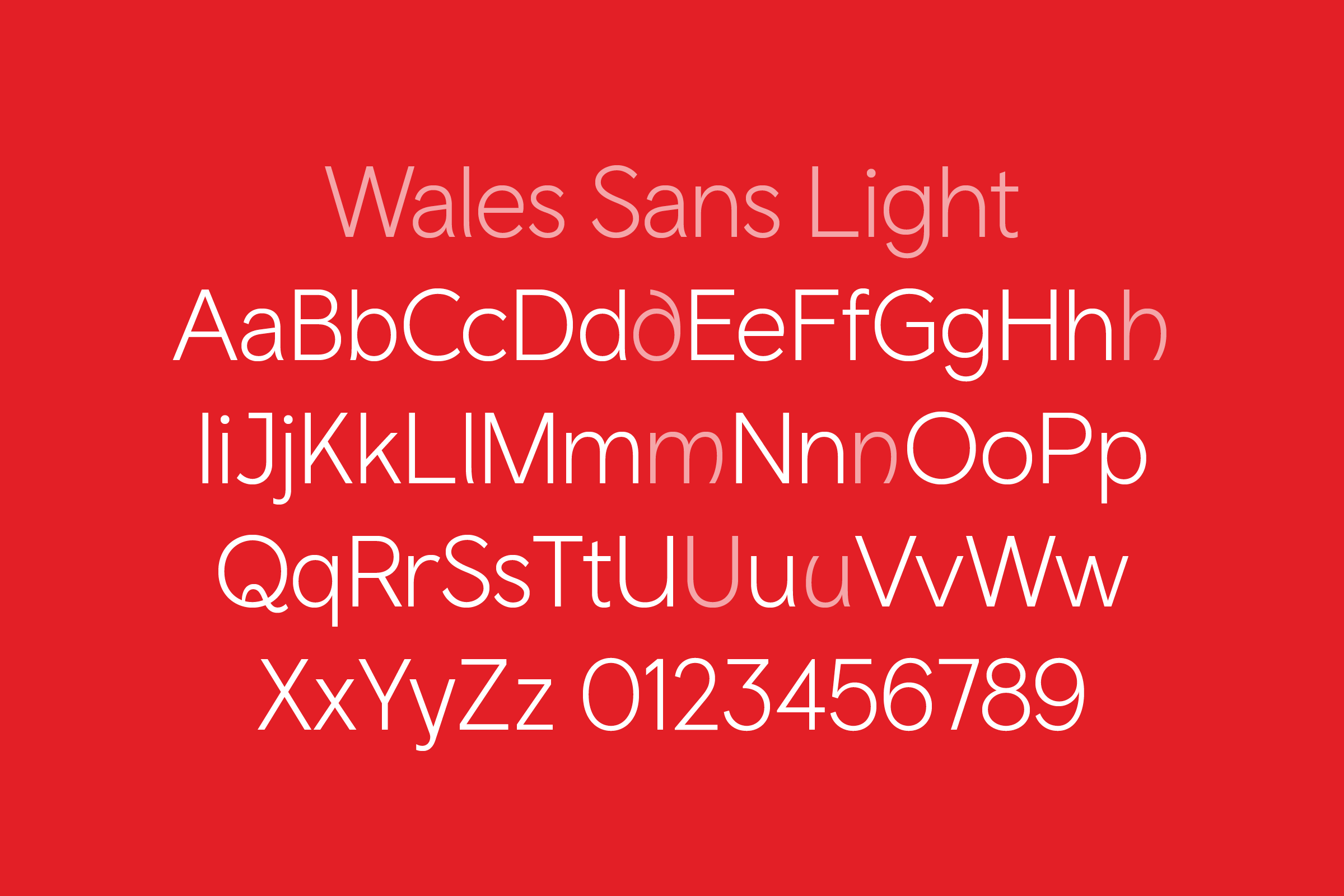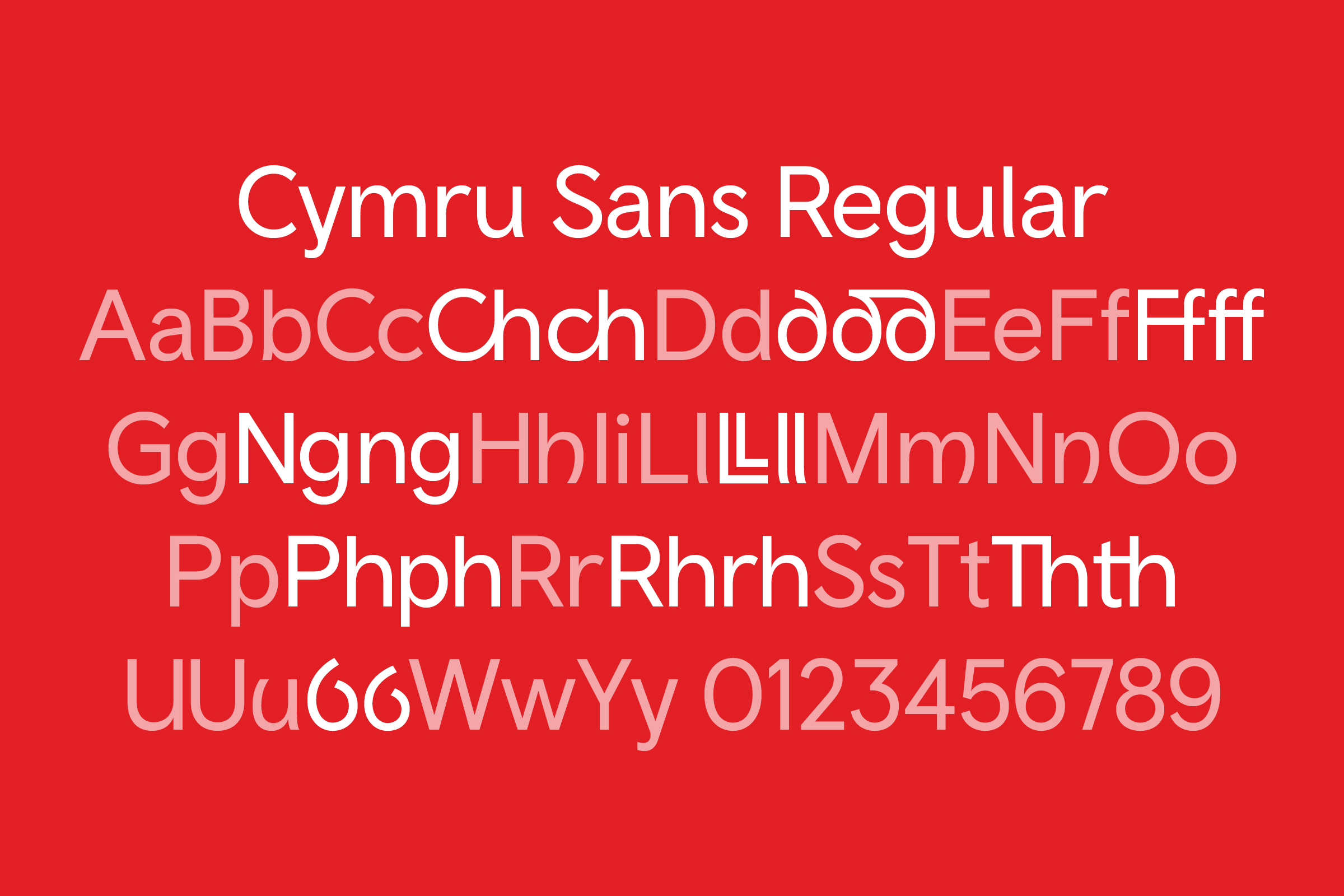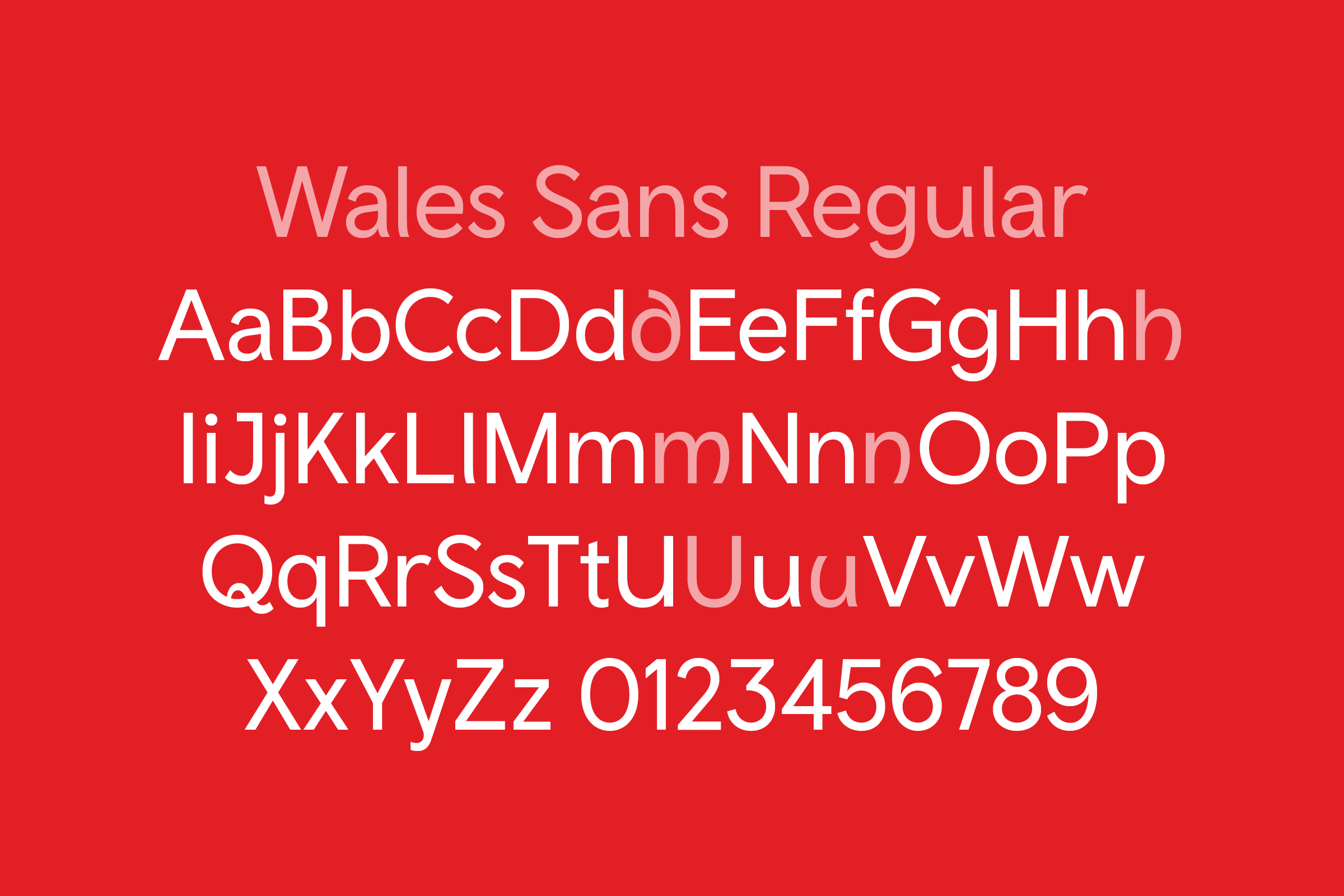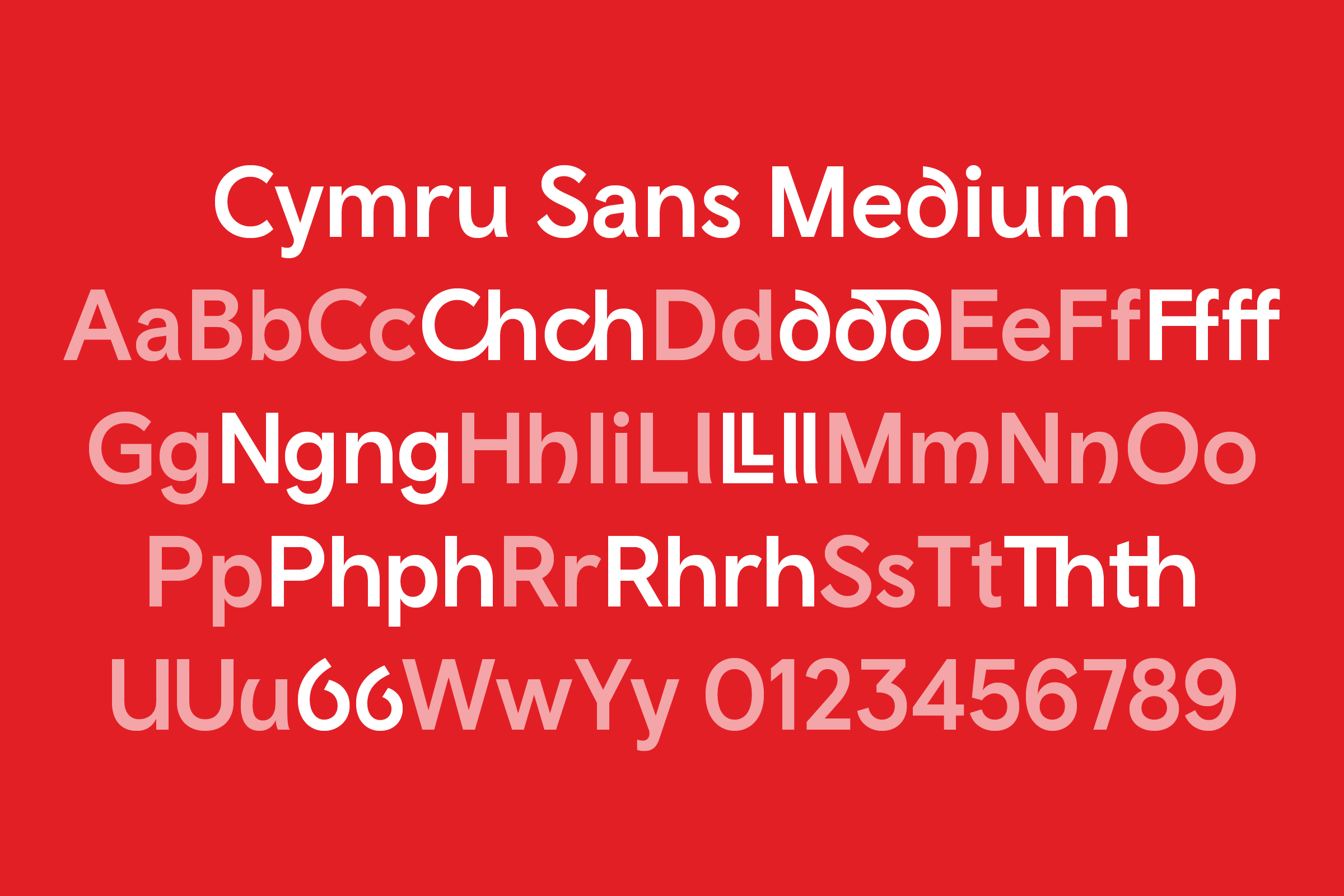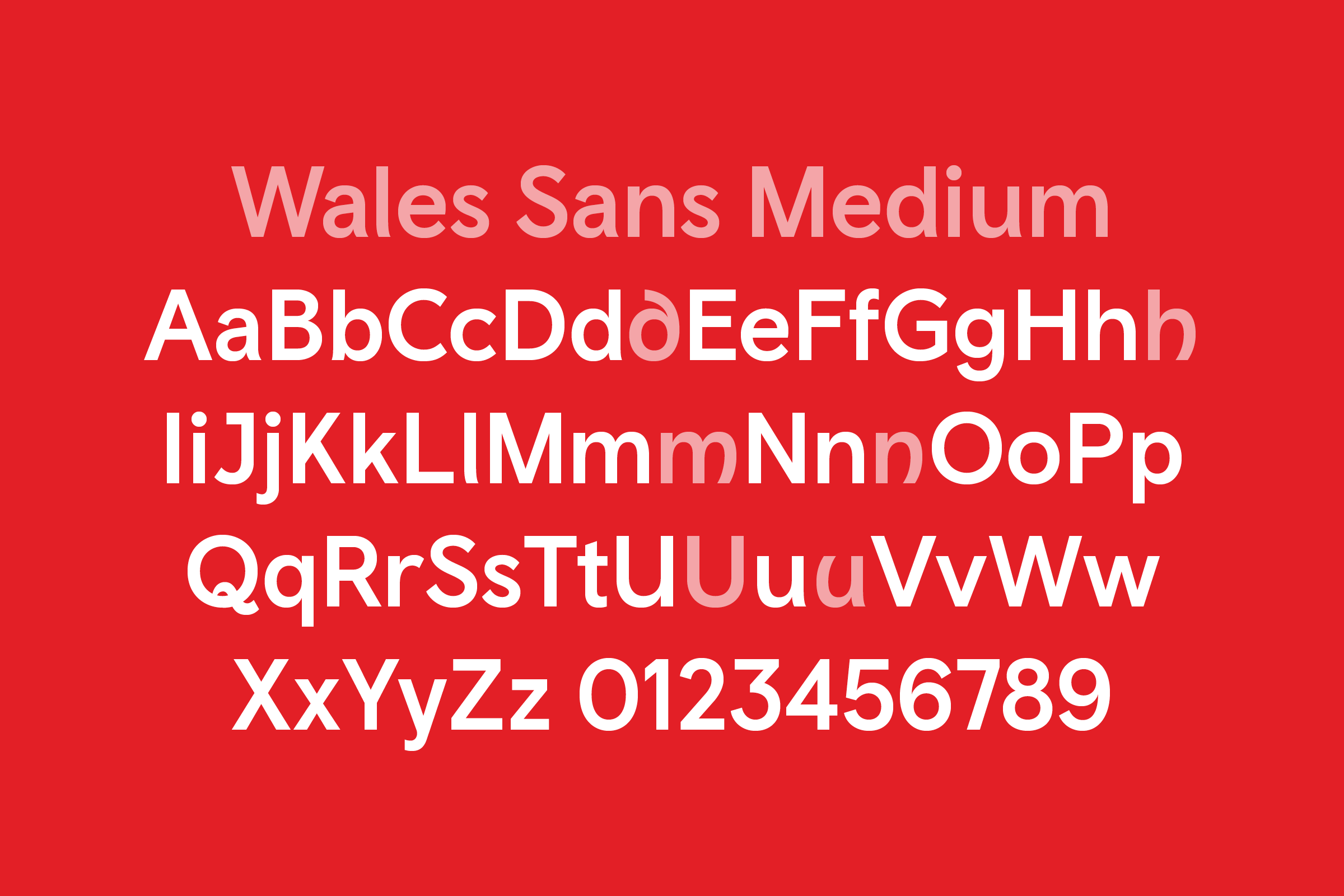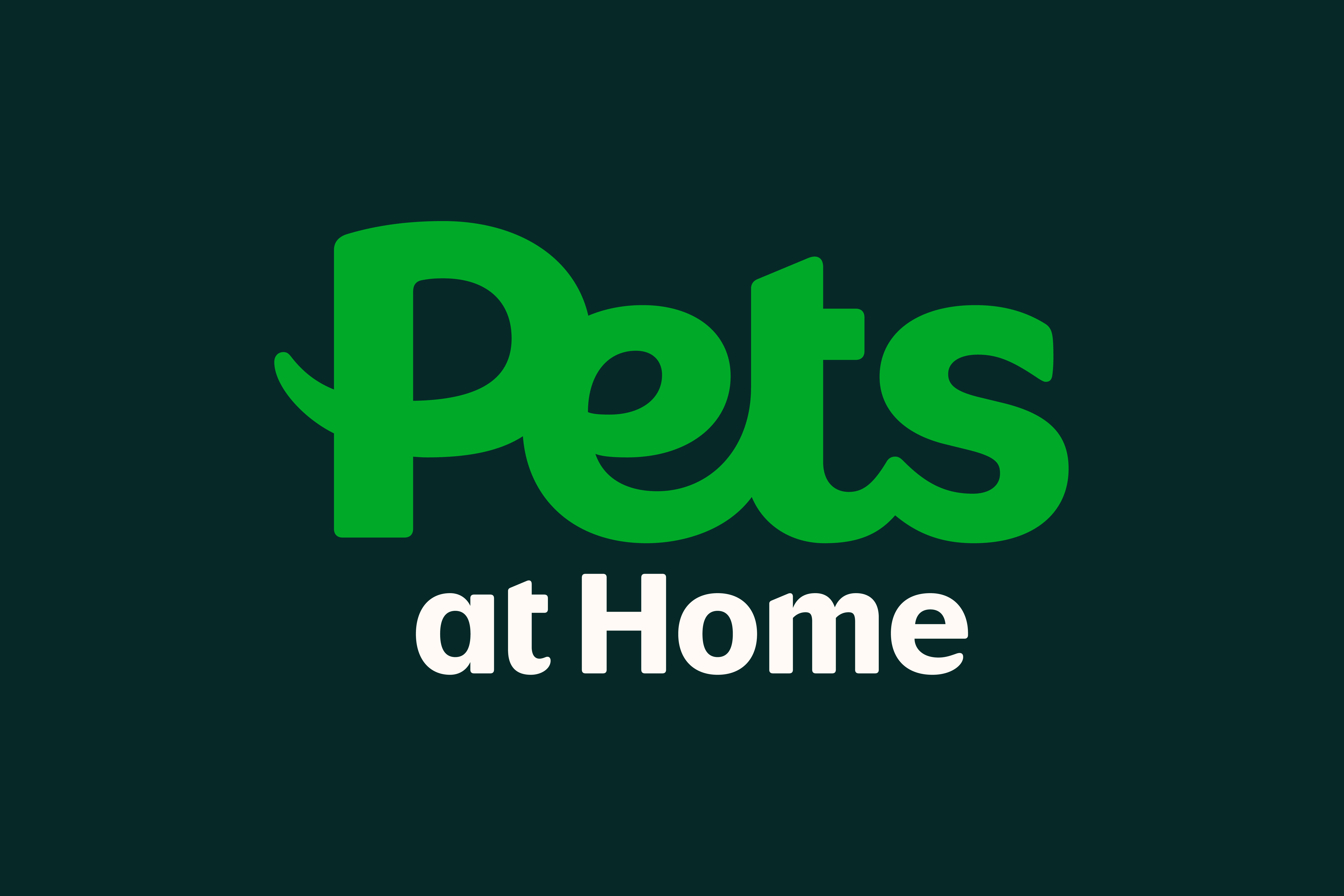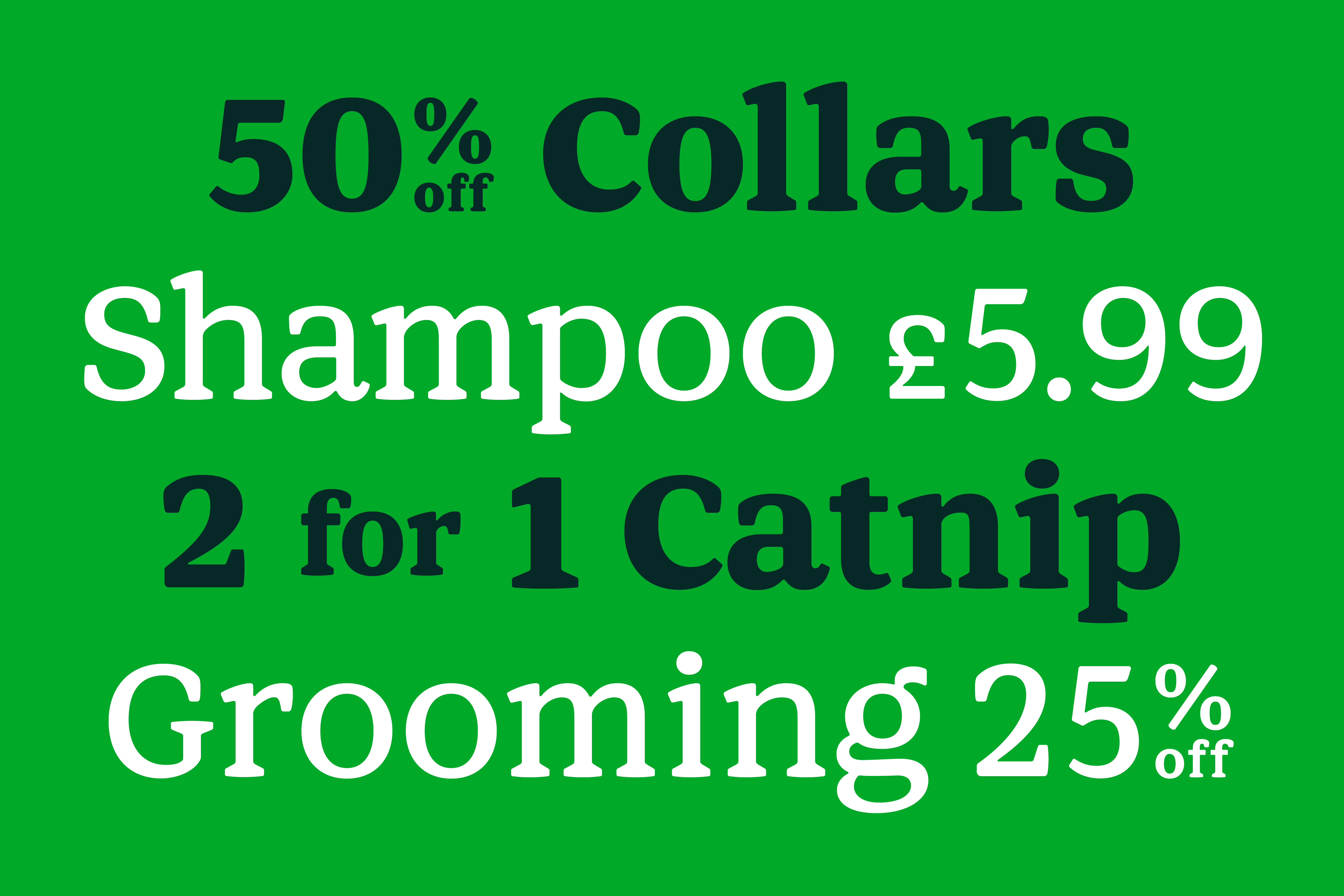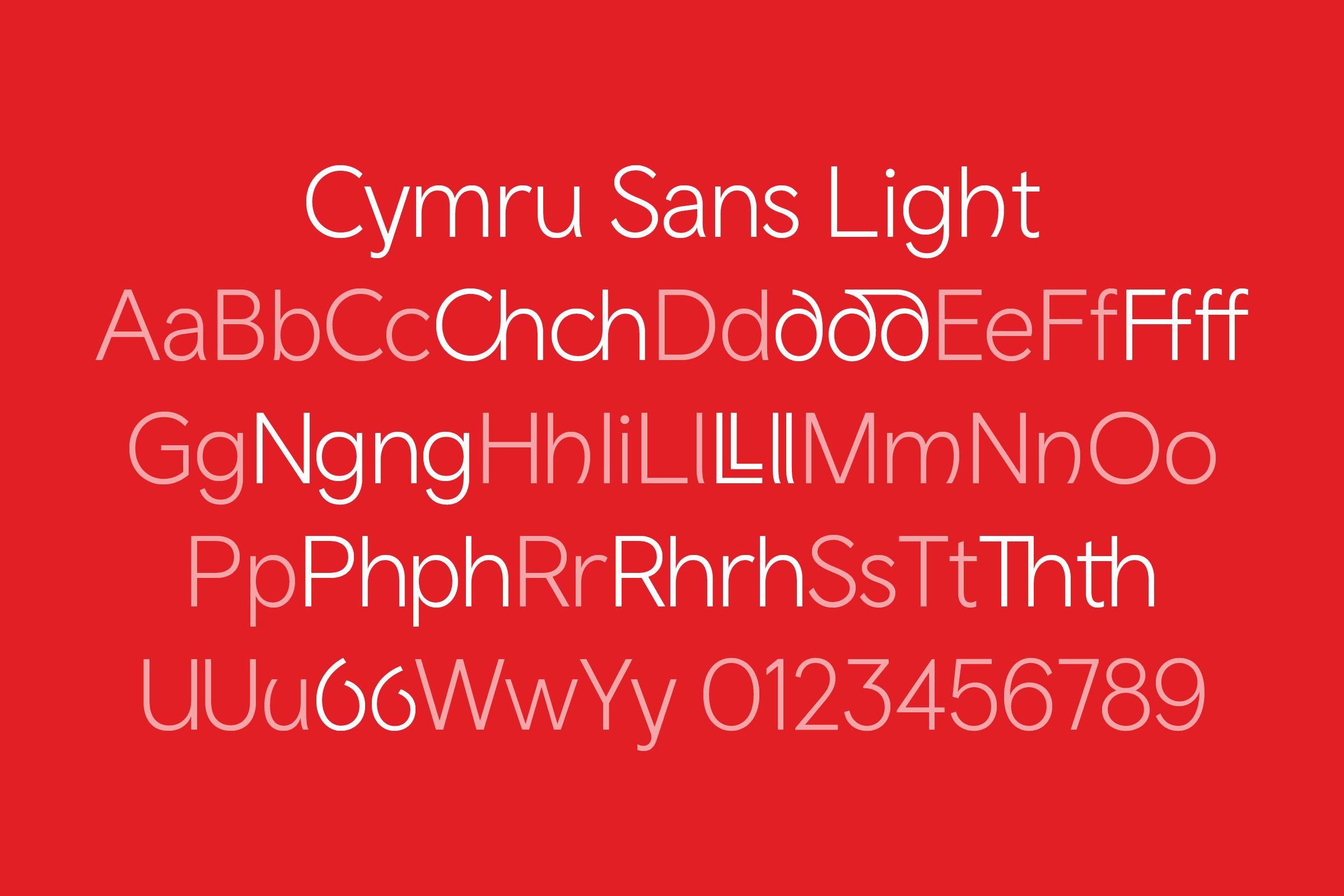
Wales Sans
As part of a thorough rebrand by Amsterdam- and Cardiff-based design studio Smörgåsbord, we were commissioned by the Tourism department of the Welsh Government to create a new type family for all things Welsh. The brief was to create a series of fonts that would contemporise the country’s forward-facing tourism materials while also nodding to Wales’ history within the larger context of Great Britain and the world.
- Typeface
- Cymru & Wales Sans
- Comissioner
- Smörgåsbord / Joseph Burrin / Welsh Govt.
- Year
- 2015
- Awards
- Nomination, Design of the Year 2017 (with Smörgåsbord)
- Styles
- 10 Styles Each: Body & Headline: Light, Regular, Medium (with corresponding italics)
- Coverage
- Adobe Latin-A Extended
- Classification
- Neo-Humanist Geometric Sans Serif
- URL
- visitwales.com
- smorgasbordstudio.com
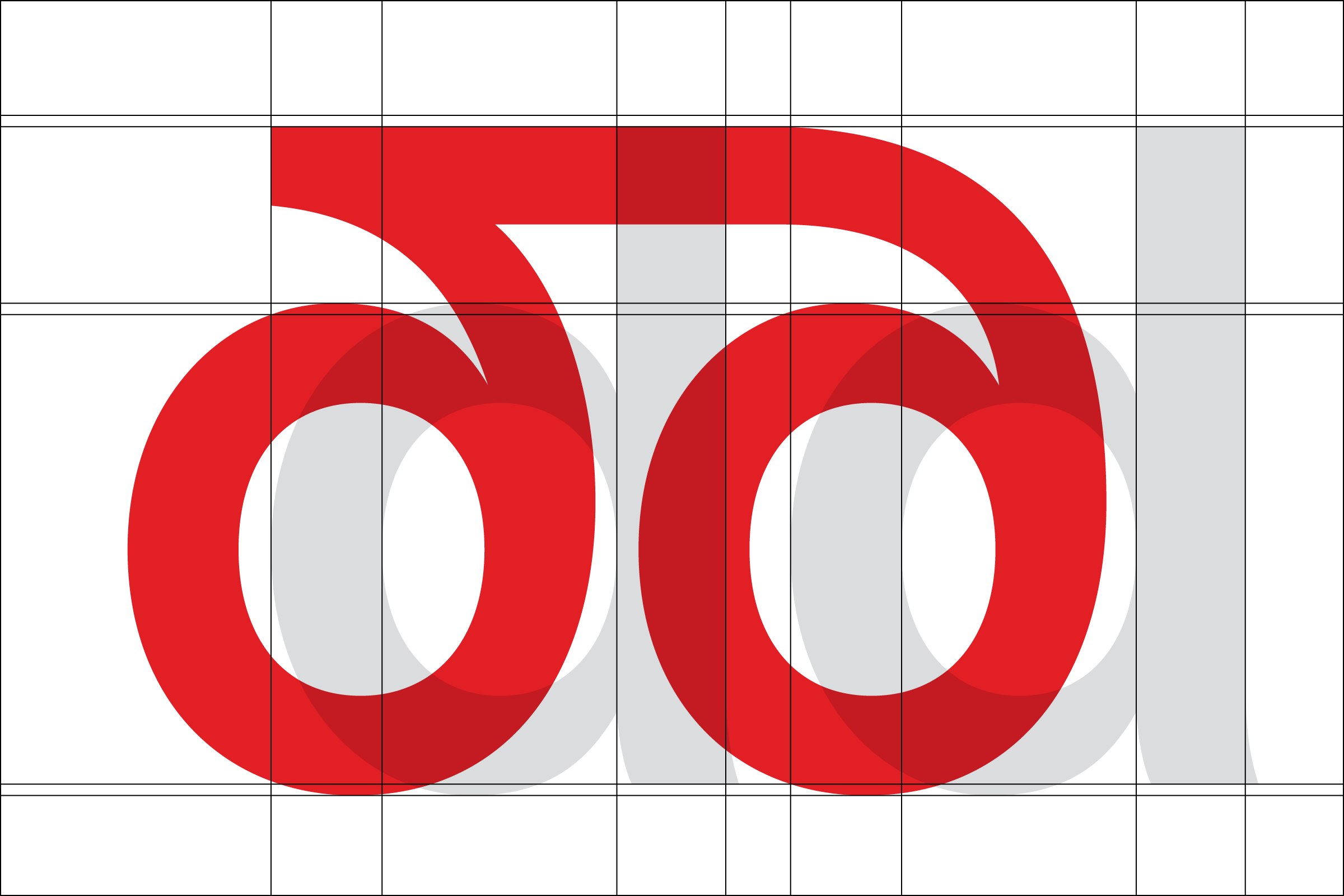
Though rooted in the Latin alphabet, the written Welsh language omits certain Roman stalwarts (j, k, q, v, x, z) and comprises 28 total characters with the inclusion of eight digraphs, or letter-combinations.
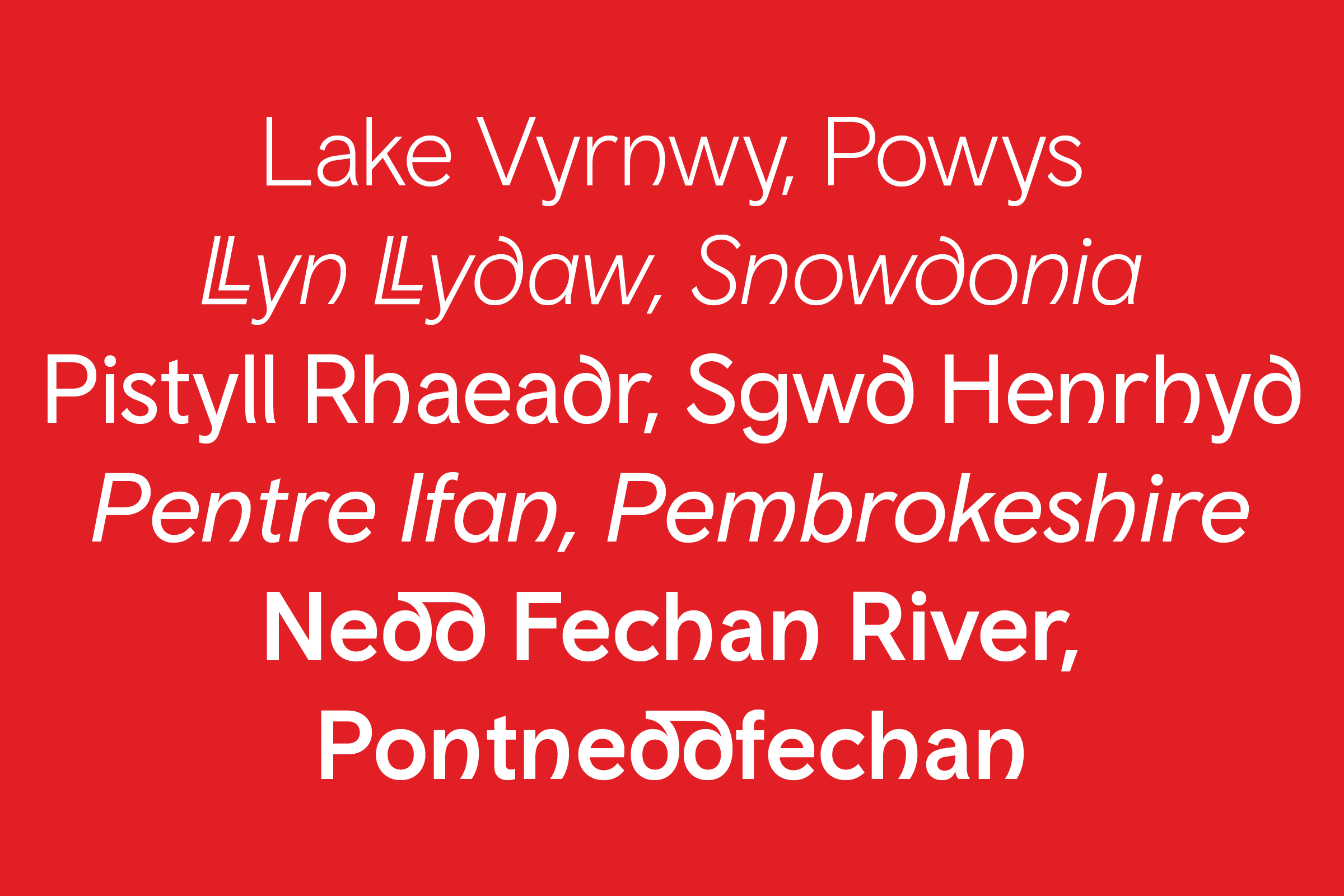
These digraphs — ultimately treated as true ligatures in the instances of Ch, ch, dd, Ff, ff, Ll, Th, th — would come to set the tone for the proposal put forth: a series of three typefaces, each with Standard and Headline variants, the latter of which would put the provenance of the Welsh language front and center.
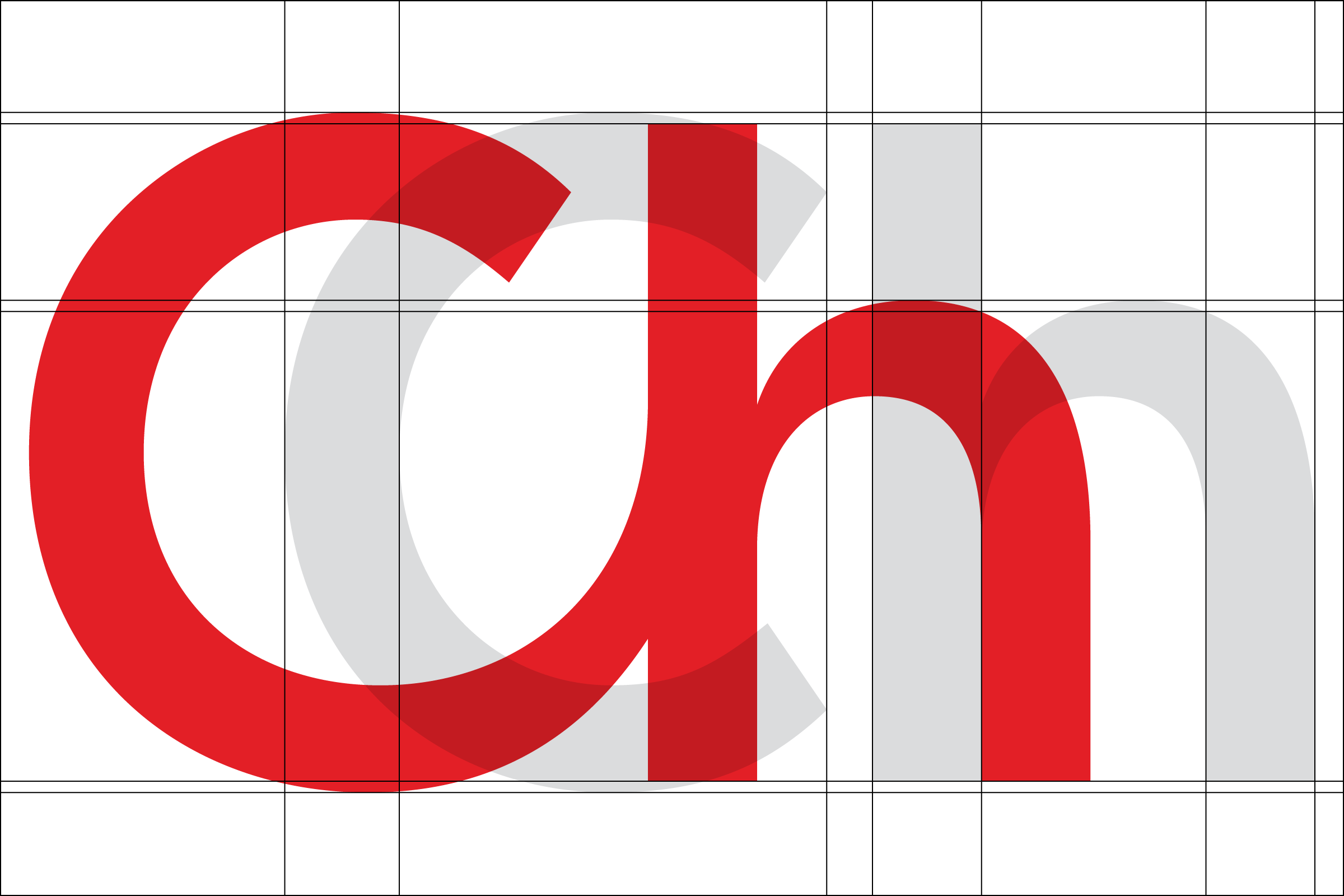
Looking to the history of the land itself, we took cues from Celtic and Gaelic typographies to inform several of the consonants (d, h, l, m, n, u), taking special care not to wander into the territory of pastiche or parody. These forms comprised the infrastructure for the more expressive, headline cut of the type family (Cymru — Welsh for ‘Wales’), while Wales Sans acted as the more staid (and, indeed, English-language) counterpart.

OpenType coding then allowed end-users at Smörgåsbord and beyond to fluidly switch back and forth between English-language and Welsh-language settings, while also giving designers a tool with which to create visual and cultural gestures within the typography itself. In addition, with the help and credentials of a Welsh language professor — and because, really, this is the kind of stuff we strangely live for — we revived a long-dormant medieval Welsh variant of the letterform ‘v’ (whose Roman counterpart had since been omitted from written Welsh).
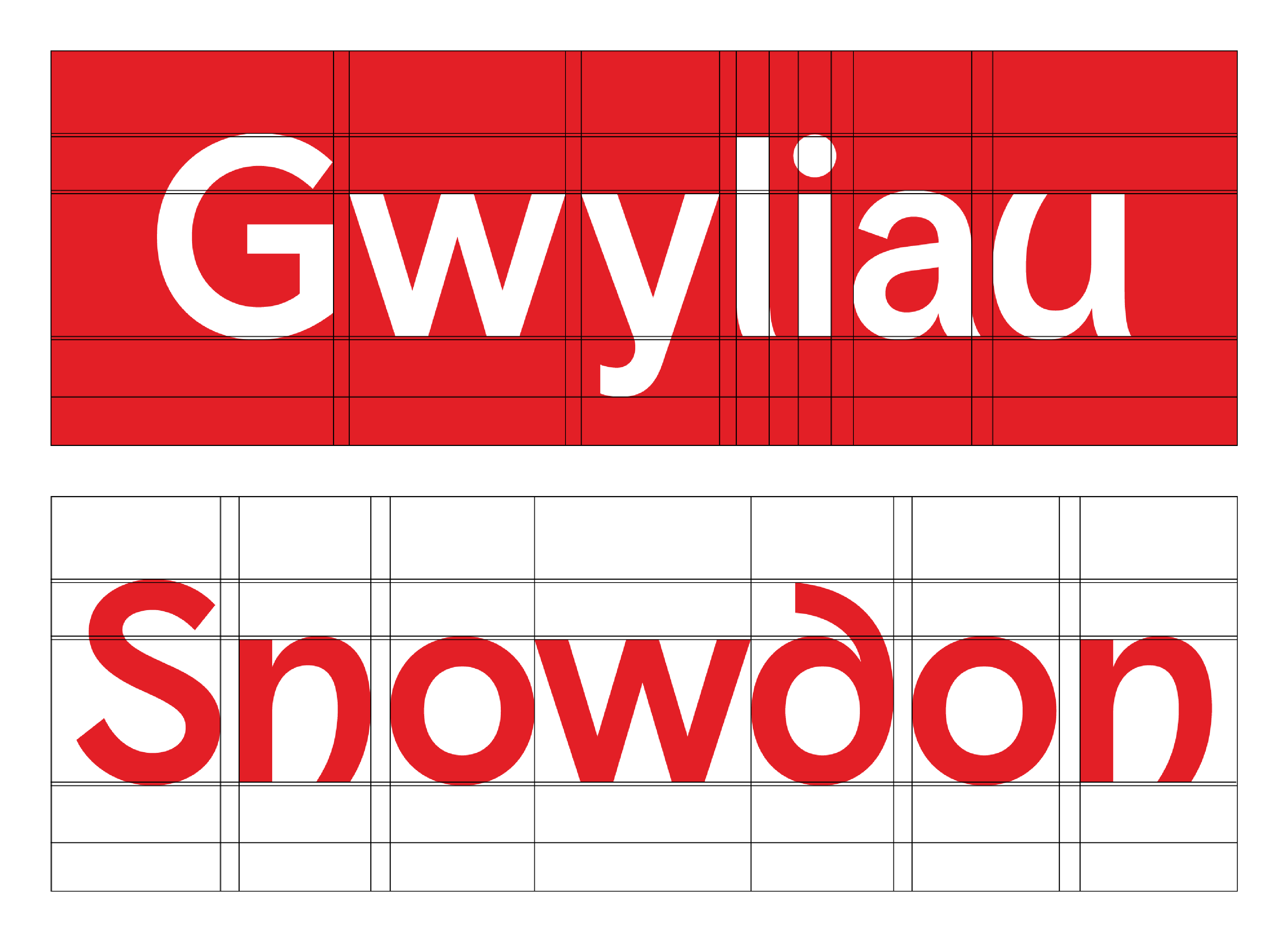
In imbuing the commission with more than its original brief asked for, the creation of Cymru Sans & Wales Sans gave the foundry a means of pursuing historical research while also increasing the value and versatility of the outcome for the client.
)
)
